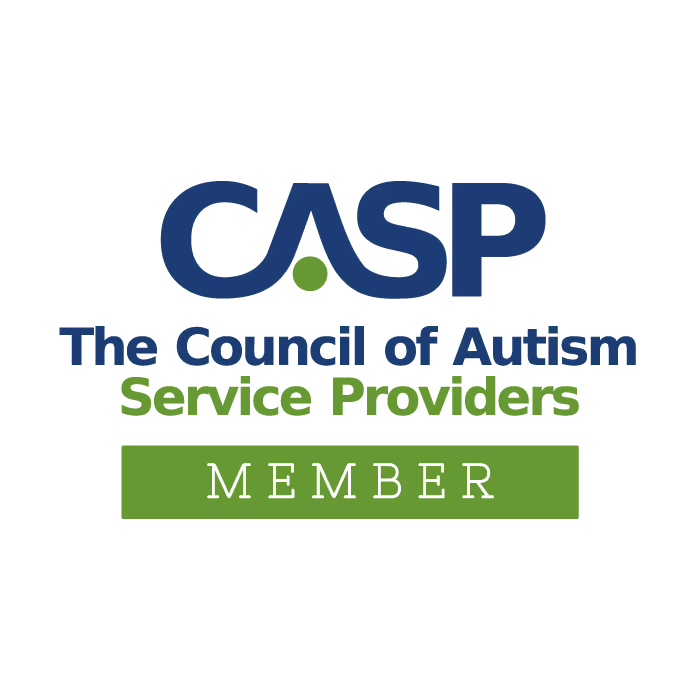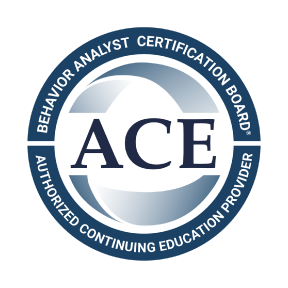WHAT IS ASPIRATION?
Aspiration refers to food or liquid entering the lungs during swallowing. As we chew and swallow foods, our muscles work together as an intricate system, ensuring that food travels safely from our mouth through our esophagus, while completely bypassing our airway. During each swallow, our airway closes off to prevent foods or liquid from entering. When the system does not properly function, food or liquid may enter into the airway (penetration), or even fall below the vocal folds and into the lungs (aspiration).
WHAT CAUSES ASPIRATION?
Aspiration is a common result of feeding and swallowing disorders, and occurs when the swallowing mechanism malfunctions, failing to protect the airway from food or liquid entering. Such malfunctions can be caused by a variety of conditions, including swallowing dysfunction, neurological disorders, structural abnormalities, and gastroesophageal reflux (GER).
HOW DO I KNOW IF MY CHILD IS EXPERIENCING ASPIRATION?
The following signs may indicate that your child is aspirating:
- Coughing or gagging during feeding
- Hoarse, breathy or gurgley vocal quality around or after meals
- Reoccurring pneumonia or respiratory infections
- Difficulty gaining weight
- Refusal to eat food or liquids
- Poor coordination of breathing during feeding
- Lengthy feeding times
HOW CAN I HELP TREAT MY CHILD’S ASPIRATION?
Treatment for aspiration and other feeding and swallowing disorders are often addressed by a speech-language pathologist or an occupational therapist. If you have any concerns about your child’s feeding skills, it is best to seek professional assistance immediately. Treatment methods may vary, depending on the underlying etiology. Treatment may include dietary changes, medical intervention (e.g. medicine for reflux), and direct feeding therapy. Feeding therapy will often address the strength and coordination of muscle movements needed for safe and efficient feeding. Feeding therapy might also address seating and positioning to optimize feeding skills, modifying food textures and liquid thickness to allow for safe swallowing, and increase the tolerance of various foods and textures.
OUR APPROACH AT NORTH SHORE PEDIATRIC THERAPY FOR ASPIRATION
At North Shore Pediatric Therapy, our therapists address childhood feeding and swallowing disorders using a multidisciplinary approach to provide each child with skills needed to develop safe and successful feeding skills.














